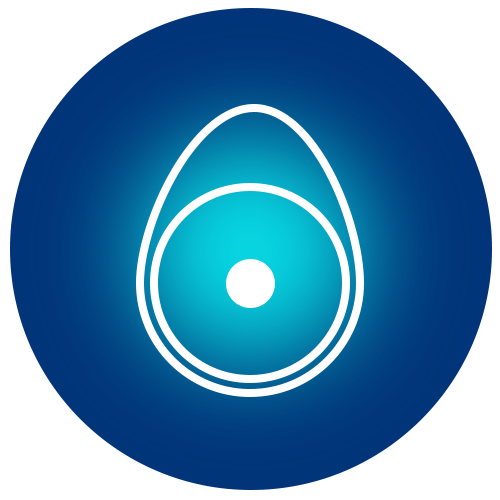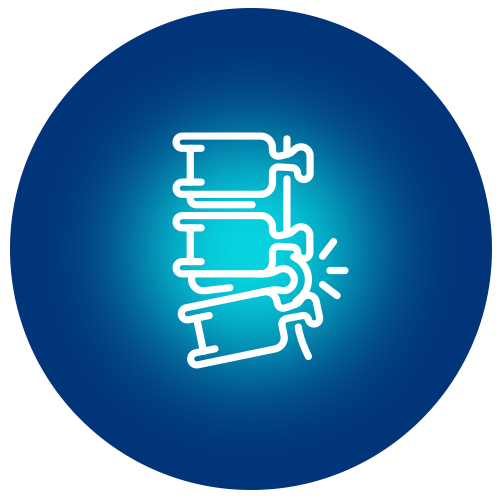Understanding Radio Frequency Ablation
Radio Frequency Ablation (RFA) is a treatment that uses heat to reduce pain. A doctor places special needles near the nerves causing pain. These needles are connected to a machine that sends a small electrical current to generate heat. The heat blocks the nerves from sending pain signals to the brain, providing long-lasting relief.
Conditions Treated With RFA

Chronic back & neck pain (facet joint pain)

Knee arthritis pain (Genicular nerve RFA)

Hip arthritis pain (Hip denervation)

Shoulder pain

Sacroiliac joint pain

Trigeminal neuralgia
Who Needs RFA?
Radio Frequency Ablation (RFA) is for people who have long-lasting pain that does not go away with medicines or other treatments. Doctors usually suggest RFA for people with:

Chronic back pain
If your back hurts for a long time due to arthritis or other problems.

Neck pain
When neck pain does not improve with other treatments.

Joint pain
Pain in the knees, hips, or shoulders, especially due to arthritis.

Nerve pain
When nerves send pain signals even after an injury has healed.

Cancer-Related Pain
Blocking certain nerves responsible for pain signals in cancer patients helps them live without pain.
RFA is also highly effective for patients with serious pain conditions and not respond to medications and physiotherapy. Moreover, people who are looking for non-surgical pain relief are advised to take RFA therapy. At last, Individuals who have responded well to diagnostic nerve blocks find RFA helpful to treat pain.
Different Types Of Radio Frequency Ablation
RFA is used to treat various pain conditions in different body parts. The RFA therapy is different for particular types of pain which include
Cervical Facet RFA
Lumbar Facet RFA
Knee Genicular RFA
Trigeminal RFA
Sphenopalatine RFA
Knee Genicular RFA
Advantages Of Radio Frequency Ablation:
Why Choose RFA?
Radio Frequency Ablation (RFA) is a simple and effective way to reduce pain. Here are some key benefits:

Long-Lasting Relief
RFA provides pain relief for months or even years.

Minimally Invasive
There is no big surgery, just a small needle procedure.

Quick Recovery
Most people can return to normal activities within a day.

Less Need for Medicine
Since pain is reduced, fewer painkillers are needed.

Safe and Effective
RFA is a trusted method used by doctors worldwide.

Fewer Side Effects
It has fewer risks compared to surgery.
How RFA is Performed on a Patient?

Guidance
A special X-ray or ultrasound helps the doctor see inside the body.

Numbing
A small dose of anesthesia is given to prevent discomfort.

Targeting
The doctor identifies the nerve causing pain.

Needle Placement
A thin needle is inserted at the target nerve.

Verification
Small electric signals ensure the needle is in the right spot.

Treatment
Heat from the needle stops the nerve from sending pain signals.

Relief
The brain no longer senses pain, providing lasting relief.

Quick Procedure
The process takes just 30-45 minutes.
Frequently Asked Questions
Yes, RFA is safe. Doctors use special machines to guide the procedure, and patients stay awake with a small numbing injection. Patients can talk to the doctor during the procedure to make sure everything is okay.
Some people start feeling better in a few days, but most get significant relief after 10 to 14 days.
Some people feel a little more pain for a short time after RFA, but this is normal and means the treatment is working.
The pain relief can last from 6 months to 2 years, depending on the person and their condition.

